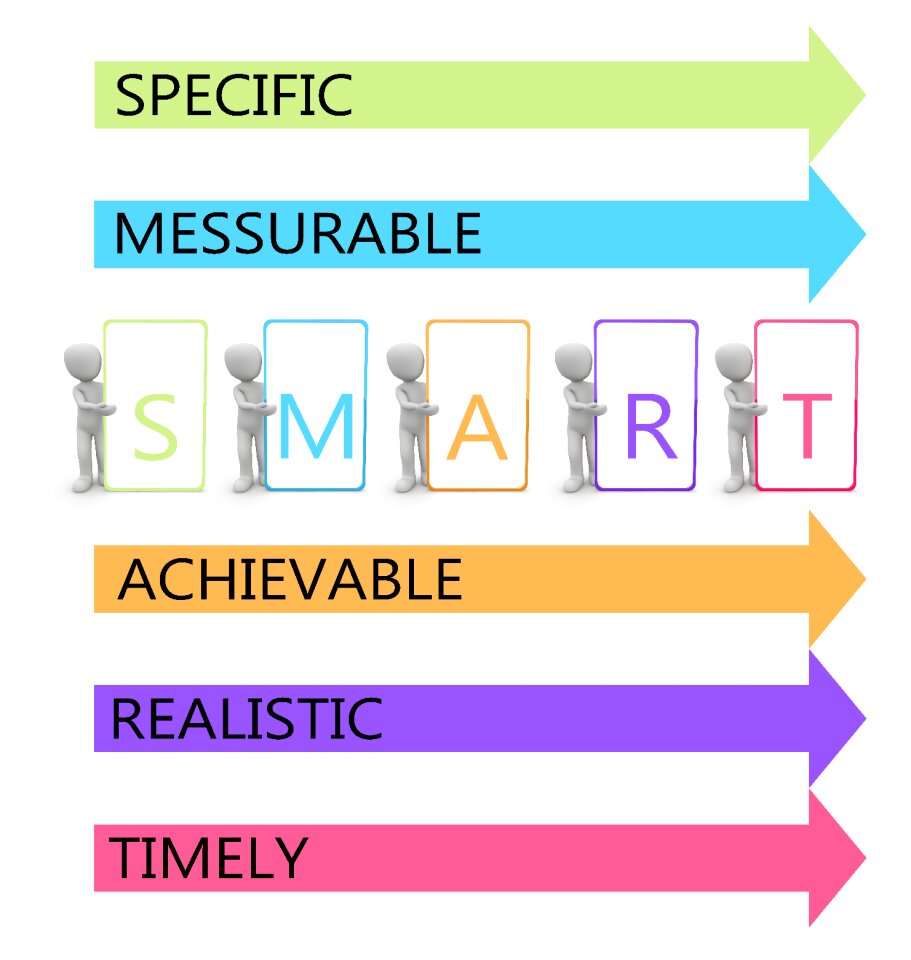3.9 SMART Objectives
We’ve seen that it’s important for an organization to have goals and objectives for a number of reasons. They set direction for the business and can be motivating. They help direct where investments and time should be spent. So what are the characteristics of good objectives? They should be SMART.

There are several interpretations of the acronym SMART. But let’s explore each element.
S – An objective needs to be specific. A manager must be clear about what is wanted. It’s not enough to say “increase sales”. By how much? Is a 1% increase good enough or do we need 9%? You wouldn’t say “order more shirts.” How many? What types?
M – If an objective is not measurable, how can a manager know if it’s been achieved? An objective “to improve quality” is poor. How do we know the quality has been improved? People could certainly disagree over the particular quality of food. A manager doesn’t want to not get what they need and an employee does not want to be surprised that they didn’t meet an objective. The answer is to make the objective measurable. In the example of quality, perhaps the measure is customer surveys or a particular review rating.
A – Is the objective achievable? It is obviously nonsensical to have an objective that can’t be met. One is bound to be disappointed. Further, it is not motivating for the employee to be given an objective they can’t possibly meet.
R – The “R” has two different meanings depending upon the source. Sometimes it refers to realistic. The difference between achievable and realistic is that achievable refers to whether something can possibly be done. A task may be achievable but not realistic. For example, it might be possible to open a brand new restaurant in a month, i.e. achievable. But it probably isn’t realistic if you have to spend extra millions, work 3 shifts a day seven days a week, and bribe health inspectors. The “R” also sometimes refers to relevant. A goal needs to pertain to the company’s goals. For example, a goal to increase seating in a restaurant has nothing to do with a desire to improve food quality.
T – An objective must be time-related or time-bound. The business has expectations on when the objectives need to be met and they should be communicated to the employees. An objective “increase sales by 5%” is not useful if we don’t know by when. By next month, next December?
The purpose of having SMART goals is so that both the manager and the employee have clear expectations of what is needed. Ambiguity is not a good thing.

